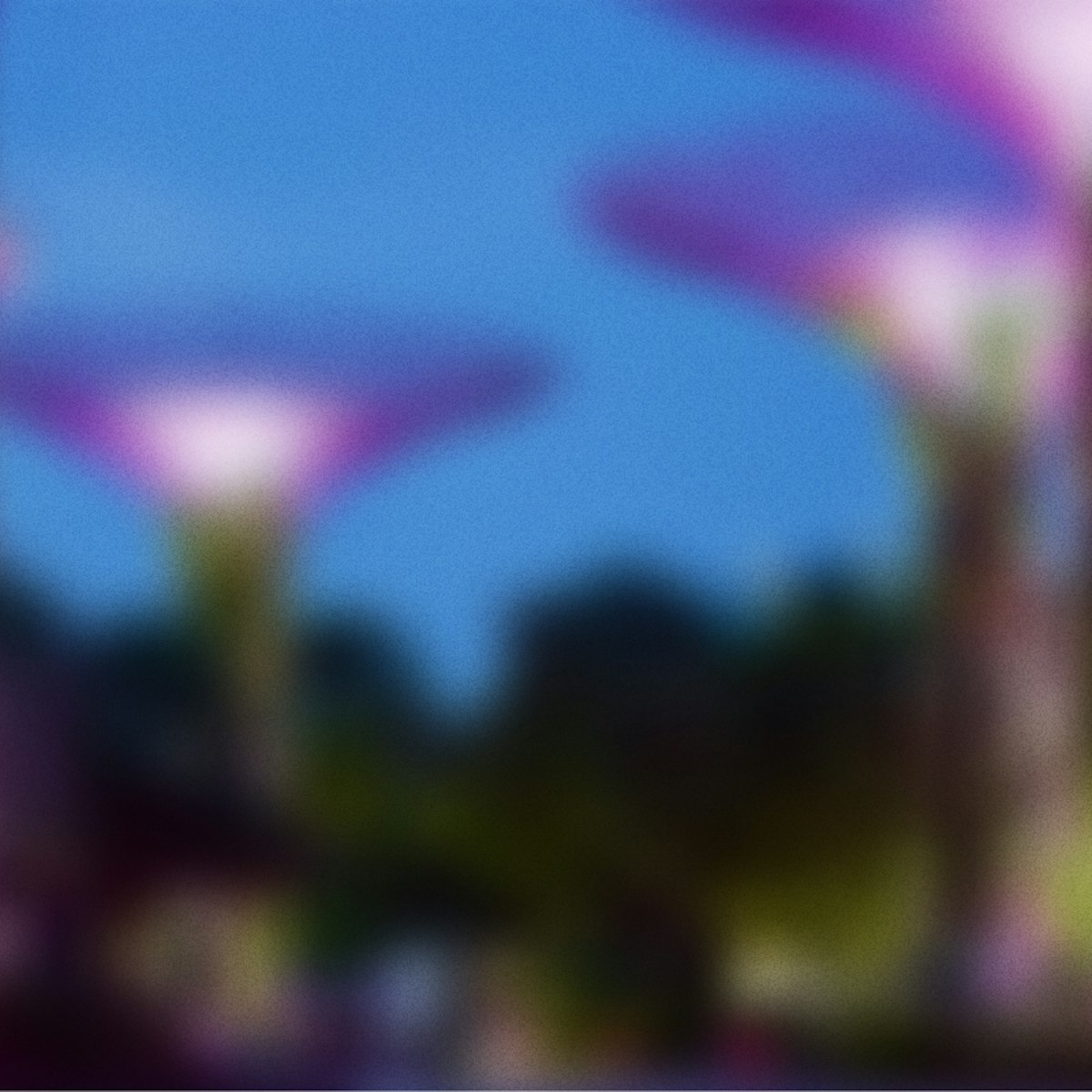
Nida
The 52m-high Parnidis Dune is simultaneously mighty and fragile. Past settlements around Nida have been engulfed by the moving sand dune but this is a…

Nida
The 52m-high Parnidis Dune is simultaneously mighty and fragile. Past settlements around Nida have been engulfed by the moving sand dune but this is a…

Curonian Spit National Park
A coven of wooden sculptures is gathered on a forest-clad hill in Juodkrantė, carved by Lithuanian artists over the years since 1979. At this open-air…

Nida
This delightful woodland cemetery features some fine examples of krikštai (wooden grave markers). Their origins hark back to Lithuania's pagan roots and…

Curonian Spit National Park
One of Europe's largest colonies of cormorants and grey herons is amassed in the forest 1km south of Juodkrantė. Wooden steps lead from the road to a…

Nida
In an old fisher's hut on the northern side of town is this museum and shop devoted to amber. Staff introduce the mythic and supposed health-boosting…

Nida
Curonian Spit's three defining traditional crafts, fishing, crow-catching and amber collecting, are explained within this small regional museum. Look out…

Curonian Spit National Park
Grab your Speedos and take a footpath through pine forests across the spit’s 1km-wide tip to a bleached-white sandy beach. From the ferry landing, walk…

Curonian Spit National Park
At Juodkrantė’s northern end is an area around a fishing harbour known as Amber Bay (Gintaro įlanka), recalling the amber excavated in the village in…

Ethnographic Fisherman's Museum
Nida
The Ethnographic Museum is a peek at Nida in the 19th century, with original weathervanes decorating the garden, and rooms inside arranged as they were a…

Exposition of the National Park of the Curonian Spit
Curonian Spit National Park
Dedicated to the flora and fauna of the park, this museum is spread across three wooden houses. Alongside stuffed examples of wild pigs, badgers, beavers…

Curonian Spit National Park
This popular museum, set in a 19th-century fort, has some fascinating stuffed sea animals, as well as aquariums showcasing the marine life of the Curonian…

Nida
The German writer and Nobel laureate Thomas Mann used to own this beautifully situated villa, which is now a museum with numerous original possessions…

Ethnographic Sea Fishermen’s Farmstead
Curonian Spit National Park
The lifestyles of 19th- and 20th-century farmers are laid bare at this open-air museum, just south of Smiltynė's tourist office. Around the grassy site…

Curonian Spit National Park
This red-brick German church at the southern end of Juodkrantė was built in 1885.

Nida
This graceful red-brick church dates to 1888. Its peaceful woodland cemetery is pinpricked with krikstai – crosses carved from wood to help the deceased…

Nida
This small museum, occupying a hotel dating to 1867, commemorates the famous artists that have stayed here: Thomas Mann, Ludwig Passarge and (not least)…
